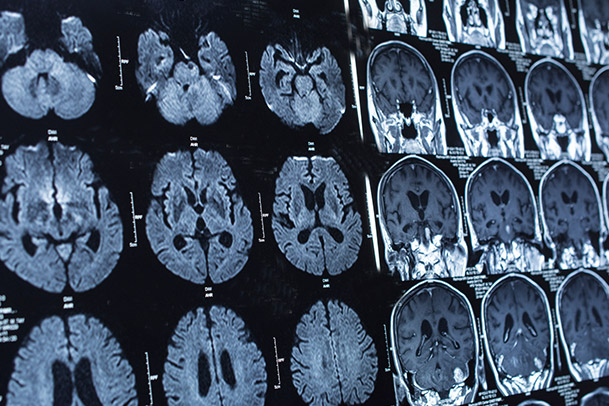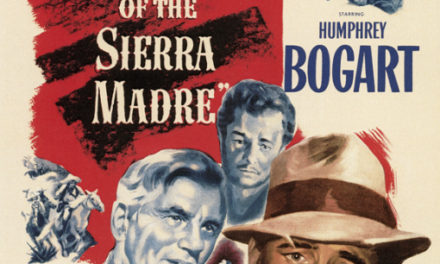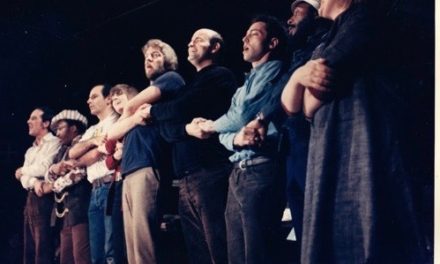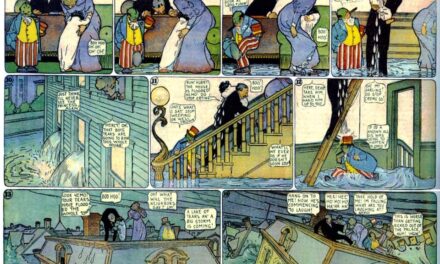I graduated from medical school in 1984 and entered a diagnostic radiology residency. No internship was required for radiology, so I began my medical training without a clinical year. This was long before the implementation of PACS (the picture archiving and computer system); therefore, clinical training occurred every morning. The referring physicians would arrive without fail inquiring about the x-rays of their patients. If one was even a marginally astute radiologist, you quickly learned that this exchange was the highlight of the day and key to a good radiology report.
This interaction had two critical components. First, it kept you (radiologists) engaged with the other physicians in the hospital. You knew them as people with their inherent strengths, weaknesses, and biases, not another name on an electronic order. Second, and more importantly, you learned from them. You got the appropriate history, physical findings, and had some appreciation for the patient seen only to you as a two-dimensional image. This is where I learned clinical medicine. Thousands of consultations with my hospital colleagues over 15 years taught me the importance of the history and the physical findings associated with the present illness. You learned the limits of your radiologic test. You learned how to modify your differential diagnosis given the change in the history or exam findings. The referring physicians learned what exam to order and the danger of an interpretation in a clinical vacuum. This dynamic was incredibly beneficial, to the radiologist, the clinician, and most importantly the patient. Come down to the radiology department, ask a better question, and you would usually get a better answer.
On the other side of the ledger, the referring physicians realized that a radiology report was not another laboratory test. The product from the x-ray department was not the same as ordering a basic metabolic profile to check on your patient’s electrolytes. On a difficult case, the imaging results rarely produced the magic answer. The value was highly malleable, prone to change with additional input from the treating physician or a different radiologist sitting in the chair with his own set of biases. Most complex radiology consultations came with a differential diagnosis and some attempt at conveying to the ordering physician the radiologist’s degree of uncertainty.
And then came the PACS. No more lost films, dramatic increases in productivity (measured by exams interpreted per day) and shorter turnaround times on reports. But along with this technological revolution came the law of unintended consequences. The foundation on which radiology was built was destroyed. A discussion between two physicians centered around Bayes’ theorem was reduced to a three-word choice from the drop-down menu in the electronic medical record. Days go by without seeing a referring physician in the reading room. The images and the report appear on a computer monitor near the patient’s bed. The report is quickly perused, images given a cursory glance, and it’s on to the next patient. This is fabulous for productivity. I have serious doubts about its effect on quality.
A better part of an entire generation of physicians have now been trained in this new model. The clinicians used to come downstairs, challenge our diagnosis, and make us better radiologists. That doesn’t happen anymore.





